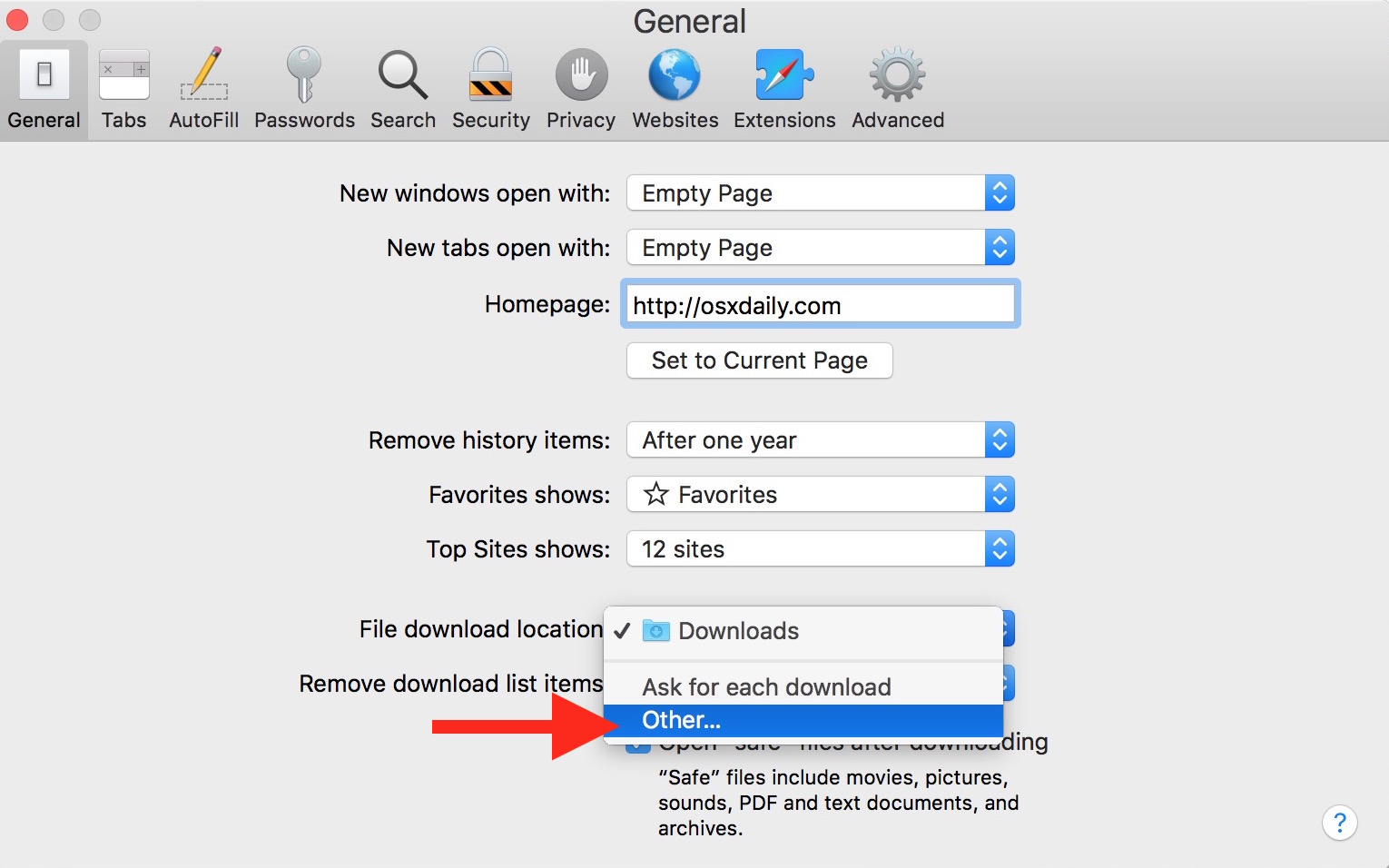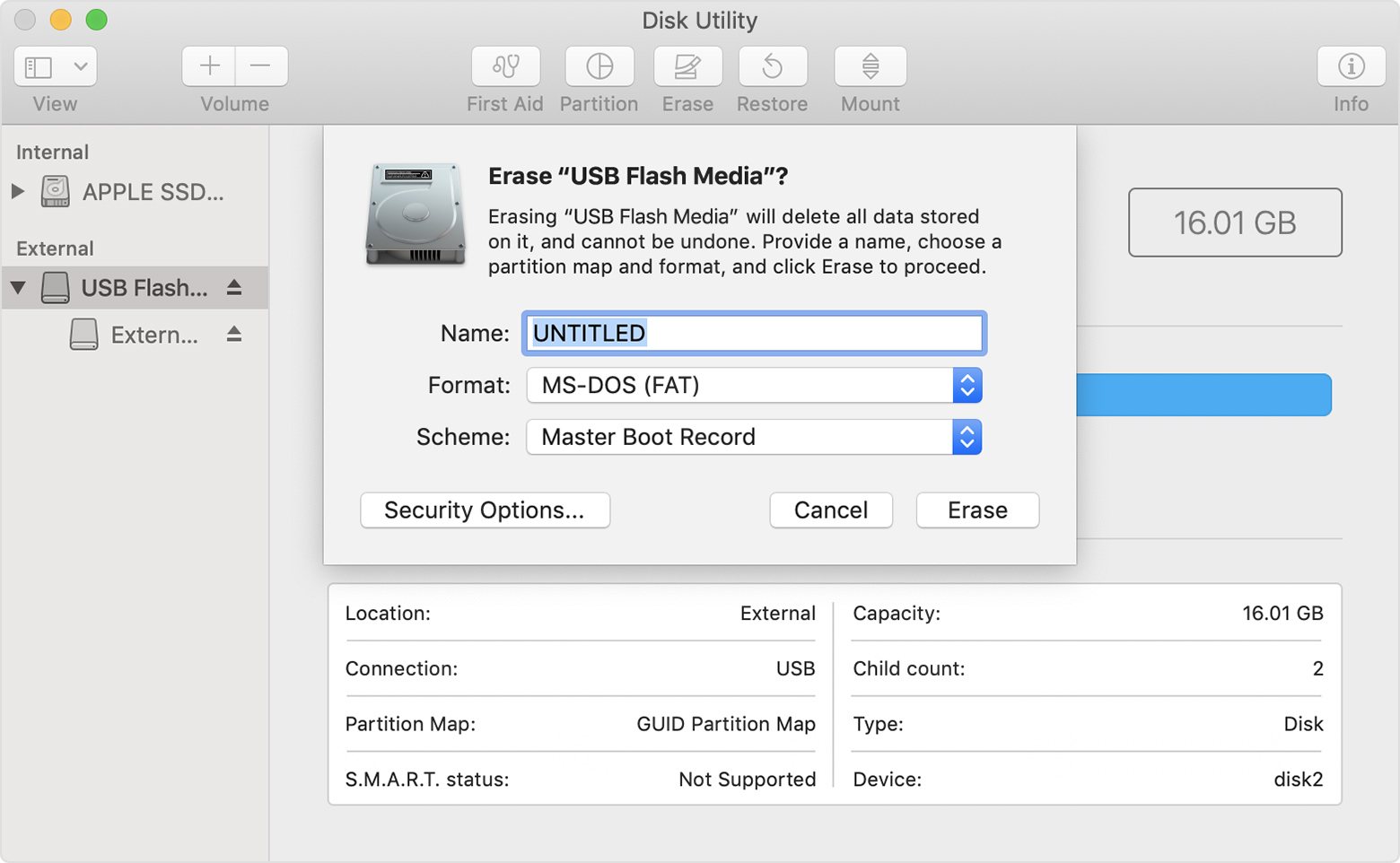macOS Big Sur elevates the most advanced desktop operating system in the world to a new level of power and beauty. Experience Mac to the fullest with a refined new design. Enjoy the biggest Safari update ever. Discover new features for Maps and Messages. And get even more transparency around your privacy.
Apple Macbook Air Keyboard Key 13' Mid 2012 - 2016 If you are missing a key or have worn out keys on your 13' MacBook Air the best solution is to replace individual keys as Apple decided to spot weld the keyboard into the Palmrest. Reverse the Scrolling on the MacBook Air I really disliked the way that scrolling worked on the MacBook Air when I first got it but, over time, I got used to it and started to prefer it. But the difference can make it difficult to move between Windows and Mac laptops however, so it might be easier to simply make the adjustment on your MacBook. A huge chunk of the fun that you’ll find on the web is the ability to download images and other files to your MacBook. If you’ve visited a site that offers files for downloading, typically you just click the Download button or the download file link, and Safari takes care of the rest.
Check compatibility
macOS Big Sur is compatible with these computers:
MacBook introduced in 2015 or later
MacBook Air introduced in 2013 or later
MacBook Pro introduced in late 2013 or later
Mac mini introduced in 2014 or later
iMac introduced in 2014 or later
iMac Pro
Mac Pro introduced in 2013 or later
View the complete list of compatible computers.
If upgrading from macOS Sierra or later, macOS Big Sur requires 35.5GB of available storage to upgrade. If upgrading from an earlier release, macOS Big Sur requires up to 44.5GB of available storage. To upgrade from OS X Mountain Lion, first upgrade to OS X El Capitan, then upgrade to macOS Big Sur.
Make a backup
Before installing any upgrade, it’s a good idea to back up your Mac. Time Machine makes it simple, and other backup methods are also available. Learn how to back up your Mac.
Get connected
It takes time to download and install macOS, so make sure that you have a reliable Internet connection. If you're using a Mac notebook computer, plug it into AC power.
Download macOS Big Sur
If you're using macOS Mojave or later, get macOS Big Sur via Software Update: Choose Apple menu > System Preferences, then click Software Update.
Get A Macbook For Free
Or use this link to open the macOS Big Sur page on the App Store: Get macOS Big Sur. Then click the Get button or iCloud download icon.

Begin installation
After downloading, the installer opens automatically.
Click Continue and follow the onscreen instructions. You might find it easiest to begin installation in the evening so that it can complete overnight, if needed.
If the installer asks for permission to install a helper tool, enter the administrator name and password that you use to log in to your Mac, then click Add Helper.
Allow installation to complete
Please allow installation to complete without putting your Mac to sleep or closing its lid. Your Mac might restart, show a progress bar, or show a blank screen several times as it installs both macOS and related updates to your Mac firmware.
Stay up to date
After installing macOS Big Sur, you will be notified when updates to macOS Big Sur are available. You can also use Software Update to check for updates: Choose Apple menu > System Preferences, then click Software Update.
Or get macOS Big Sur automatically
If you're using OS X El Capitan v10.11.5 or later and your App Store preferences or Software Update preferences are set to download new updates when available, macOS Big Sur will download conveniently in the background, making it even easier to upgrade. A notification will inform you when macOS Big Sur is ready to be installed. Click Install to get started, or dismiss the notification to install later. When you're ready to install, just open the file named Install macOS Big Sur from your Applications folder.
Get Download Tab Back Macbook Air 13.3
Learn more
- If the installer shows a list of apps that are not optimized for your Mac, learn about 32-bit app compatibility, then choose whether to proceed with the installation.
- For the strongest security and latest features, upgrade to macOS Big Sur. If you have hardware or software that isn't compatible with Big Sur, you might be able to install an earlier macOS.
- You can also use macOS Recovery to reinstall the macOS you're using now, upgrade to the latest compatible macOS, or install the macOS that came with your Mac.
Your kids, or just about anyone in your house can end up accidentally deleting Applications or Programs from your Mac. In this article, we will be showing you how to Restore Deleted Applications on your Mac.
Restore Deleted Applications or Programs on Mac
In case you ended up accidentally deleting an Application or Program on your Mac, you might be worried that you will have to go through the process of finding the deleted Application and installing it back again.
Luckily, it is really easy to Restore Deleted Applications or Programs on your Mac and you will find below two methods to restore deleted Applications on your Mac.
Restore Deleted Applications on Mac From Trash Bin
Right after you have deleted an application or program, the very first step would be to check the Trash bin on your Mac and see if you can find the deleted Application there.
1. Click on the Trash icon, located at the right corner of the Dock on your Mac (See image below)
2. Next locate the Program or application that you had just deleted, you can even search for the program by using the search bar.
3. If you find the Program, right click on the Program and then click on Put Back option in the drop-down menu (See image below)
4. Next, you will be prompted to enter your Admin Username and Password in case you are not already signed into your Admin Account.
5. Enter your Admin Username and Password and then click on Ok to restore the deleted Application or the Program back on your Mac.
If you cannot find the Application or the Program in the Trash can, it is most likely that you had emptied the Trash Can or it got emptied automatically. This means that the Program/Application has been Permanently deleted from your Mac.
In such a case, you will have to go to the App Store to find the deleted program and recover it back on your Mac. However, you won’t be able to recover the Program in case you did not originally download the program from the App Store.
In such a case you will have to go to the third party source from where you originally downloaded the program and see if you are allowed to download and reinstall the program back on your Mac.
Restore Deleted Applications on Mac From App Store

Follow the steps below to Restore Deleted Application on Mac from the App Store.
1. Open the App Store on your Mac
2. Next click on the Purchased tab, located in the top Menu-bar (See image below)
3. On the Purchased screen, you will be able to see a list of all the Applications that you have downloaded to your Mac from the App Store.

4. From the list of Applications, locate the Application that you had accidentally deleted on your Mac and then click on the Install button located next to the Application (See image below).
5. Next, you will be prompted to enter your Apple ID password in order to reinstall the application back onto your Mac.
